Home>Garden Essentials>Define Rest Crop And Describe How It Relates To Crop Rotation.
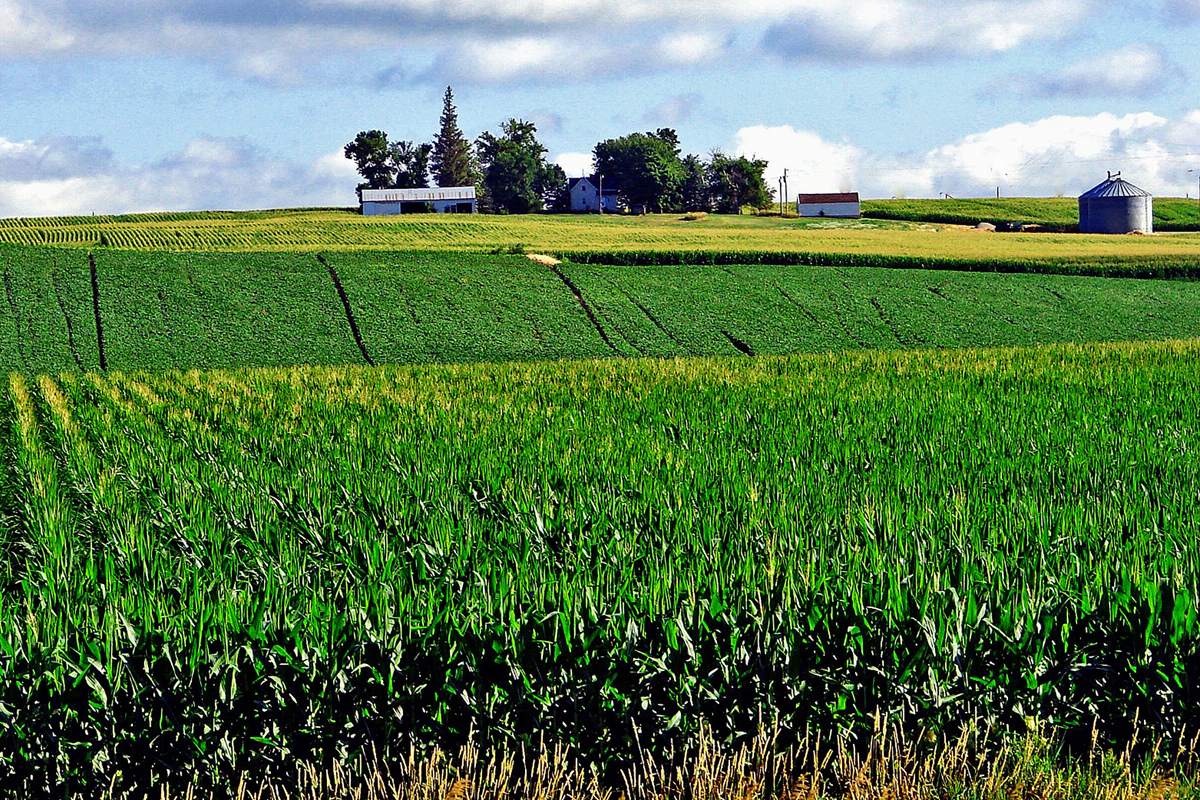

Garden Essentials
Define Rest Crop And Describe How It Relates To Crop Rotation.
Modified: March 15, 2024
Learn what rest crop is and how it contributes to crop rotation in your garden. Enhance soil health and maximize yield with this essential gardening practice.
(Many of the links in this article redirect to a specific reviewed product. Your purchase of these products through affiliate links helps to generate commission for Storables.com, at no extra cost. Learn more)
Introduction
Welcome to the world of gardening! Whether you are a seasoned gardener or just starting out, understanding the concept of rest crop and its relation to crop rotation is crucial for maintaining a healthy and productive garden. Crop rotation is a time-honored practice that dates back centuries and involves planting different crops in a specific sequence over multiple growing seasons. This not only helps to prevent the buildup of pests and diseases but also improves soil fertility and overall plant health.
One essential component of an effective crop rotation system is the use of a rest crop. In this article, we will explore the concept of rest crop, its purpose, and the benefits it provides in the context of crop rotation. So, let’s dig in and uncover the secrets to successful gardening!
Key Takeaways:
- Rest crops, like clover and vetch, are non-harvestable plants that rejuvenate soil, control pests, and improve plant health in crop rotation systems. They fix nitrogen, suppress weeds, and enhance soil structure.
- Incorporating diverse rest crops, such as rye and mustard, into crop rotation plans helps maintain fertile soil, manage pests, and promote healthy plant growth. Rest crops play a vital role in sustaining productive gardens.
Definition of Rest Crop
A rest crop, also known as a fallow crop or green manure crop, is a specific type of plant that is intentionally grown in a garden or field during a particular season to enhance soil health and fertility. Unlike a traditional cash crop that is grown for harvest, a rest crop is grown and then either tilled back into the soil or left to decompose on the surface. This practice helps to replenish nutrients, improve soil structure, and control pests and diseases.
Rest crops are typically chosen for their ability to fix atmospheric nitrogen, deter weed growth, and break up compacted soil. They are usually fast-growing and have deep root systems, enabling them to draw nutrients from deep within the soil. When the rest crop is incorporated into the soil or decomposes naturally, these nutrients are released, providing a natural and sustainable source of plant nutrition for future crops.
There are a variety of rest crops to choose from, including legumes such as clover, vetch, and peas, as well as grasses like rye, oats, and alfalfa. Each rest crop has its own unique characteristics and benefits, making it important to select the most appropriate one for your specific gardening goals and soil conditions.
In summary, a rest crop is a strategic planting of a non-harvestable crop that is grown to improve soil fertility, add organic matter, and provide other beneficial effects to the overall health of the garden or field.
Purpose and Benefits of Rest Crop
The purpose of incorporating a rest crop into a crop rotation system is to improve soil health and fertility. By allowing a specific area of land to rest and grow a rest crop, gardeners can reap numerous benefits that contribute to the success of their overall gardening efforts.
One of the primary benefits of a rest crop is its ability to fix nitrogen in the soil. Certain rest crops, such as legumes, have a unique symbiotic relationship with bacteria in their root nodules. These bacteria convert atmospheric nitrogen into a usable form that enriches the soil. When the rest crop is tilled back into the soil or decomposes, the nitrogen is released and becomes available for other plants in the rotation. This natural nitrogen fixation reduces the need for synthetic fertilizers and promotes healthier plant growth.
Additionally, rest crops help to control weeds by outcompeting them for resources such as light, water, and nutrients. Their dense growth and rapid development minimize the chances of weed establishment and reduce the need for manual weed control methods, such as hand weeding or chemical herbicides.
Another advantage of incorporating rest crops is their ability to enhance soil structure. Their deep root systems penetrate and break up compacted soil, improving aeration and water infiltration. By loosening the soil, rest crops create a favorable environment for the growth of subsequent crops, allowing their roots to spread more easily and access nutrients and moisture.
Rest crops also contribute to increasing organic matter in the soil. As they decompose, they add valuable organic material, which helps to improve soil texture, moisture retention, and nutrient-holding capacity. This organic matter acts as a sponge, absorbing and releasing water slowly, reducing the risk of erosion and nutrient leaching.
Overall, the purpose of a rest crop is to restore and rejuvenate the soil, providing a favorable environment for the next crop in the rotation. The benefits of incorporating a rest crop include nitrogen fixation, weed control, improved soil structure, and increased organic matter content.
Principles of Crop Rotation
Crop rotation is a systematic approach to planting different crops in a specific sequence over multiple growing seasons. It follows several principles that ensure the effectiveness and success of this practice. Understanding these principles is key to implementing a successful crop rotation system in your garden or field.
- Diversity: The first principle of crop rotation is to promote diversity in the types of crops grown. By rotating between different families of plants, you can disrupt pest and disease cycles. Different crops have different pest vulnerabilities, so by rotating crops, you can avoid the buildup of specific pest populations. Additionally, diverse crops have different nutrient requirements, which helps to prevent nutrient depletion in the soil.
- Legume Integration: The inclusion of leguminous plants, such as peas, beans, and clover, in the crop rotation is crucial. Legumes have the ability to fix atmospheric nitrogen through their symbiotic relationship with nitrogen-fixing bacteria. This reduces the need for synthetic nitrogen fertilizers and improves soil fertility.
- Structure: The structure of the crop rotation plan is important. It is advisable to divide the crop rotation sequence into different groups or blocks. The selection and arrangement of crops in each block should take into account their relationship to pests, diseases, and nutrient demands. This helps to minimize the risk of disease carryover and ensures optimal utilization of nutrients.
- Timing: Proper timing is another crucial principle of crop rotation. The duration of each crop in the rotation should be carefully considered to prevent the buildup of pests and diseases. It is advisable to have a rest crop or fallow season to break pest and disease cycles and allow the soil to rejuvenate.
- Year-Round Planning: Crop rotation planning should be done in advance and consider the entire year. Determine the planting and harvesting times of each crop to ensure a smooth transition between them. Proper planning also allows for the incorporation of cover crops and green manure crops during the rest periods to improve soil health.
By following these principles of crop rotation, you can effectively manage pests and diseases, enhance soil fertility, optimize nutrient usage, and maintain the long-term health and productivity of your garden or field.
Rest crop is a non-harvested crop grown to improve soil fertility and structure. It’s part of crop rotation, where different crops are grown in a sequence to prevent soil depletion and pest buildup.
Relationship Between Rest Crop and Crop Rotation
The relationship between rest crop and crop rotation is symbiotic and integral to the success of a sustainable and productive gardening or farming system. Rest crops play a crucial role within the larger framework of crop rotation, contributing to soil health, pest control, and nutrient management.
Rest crops are strategically planted as part of the crop rotation plan to allow certain areas of the garden or field to “rest” and recover. This rest period is essential for breaking pest and disease cycles, replenishing soil nutrients, and improving soil structure.
By incorporating a rest crop in the rotation, gardeners can disrupt the life cycles of pests and diseases that may have affected the previous crop. Many pests and diseases have specific host preferences, so by rotating to a different crop, the pests and diseases that targeted the previous crop are left without a suitable host, reducing their populations over time. This helps to decrease the reliance on pesticides and promotes natural pest management.
Additionally, rest crops contribute to soil health by fixing atmospheric nitrogen and incorporating organic matter into the soil. Leguminous rest crops, such as clover or peas, have a symbiotic relationship with nitrogen-fixing bacteria in their root nodules, converting atmospheric nitrogen into a usable form for plants. This reduces the need for synthetic nitrogen fertilizers and enhances soil fertility. When the rest crop is tilled back into the soil or decomposes, it adds organic matter, improving soil structure, water-holding capacity, and nutrient availability.
In the context of crop rotation, the inclusion of rest crops also helps to balance the nutrient demands of different crops. Each crop has specific nutrient requirements, and continuous cultivation of the same crop can deplete specific nutrients from the soil. By incorporating rest crops that have different nutrient needs, gardeners can ensure that the soil remains balanced and prevent nutrient deficiencies or excesses.
Furthermore, rest crops contribute to weed control within the rotation system. Their dense growth and rapid development shade out weeds, reducing competition for resources such as light, water, and nutrients. This minimizes the need for manual weeding or the use of herbicides.
Overall, the relationship between rest crop and crop rotation is mutually beneficial. Rest crops serve as a vital component of crop rotation by providing a period of rest for the land, replenishing soil nutrients, controlling pests and diseases, enhancing soil structure, and contributing to the overall health and productivity of the garden or field.
Read more: How Do Rest Crops Relate To Crop Rotation?
Examples of Rest Crops in Crop Rotation Systems
There are several rest crops that can be incorporated into a crop rotation system, each offering unique benefits and contributing to the overall health and productivity of the garden or field. Let’s explore some common examples of rest crops:
- Clover: Clover is a popular leguminous rest crop that fixes atmospheric nitrogen, improves soil fertility, and suppresses weeds. It has a dense growth habit and can be cut back or tilled into the soil to release nitrogen and organic matter.
- Vetch: Vetch is another leguminous rest crop that thrives in cool-season climates. It has deep roots that break up compacted soil and adds nitrogen to the soil. Vetch can be cut back or tilled into the soil before it begins to flower and set seeds.
- Rye: Rye is a cool-season grass rest crop that helps to control erosion, suppress weeds, and improve soil structure. It grows quickly and can be cut back or tilled into the soil before it reaches maturity.
- Oats: Oats are another cool-season grass rest crop that adds organic matter to the soil, suppresses weeds, and improves soil structure. They can be cut back or tilled into the soil at an early stage of growth.
- Mustard: Mustard is a rest crop that acts as a natural biofumigant, suppressing soil-borne pests and diseases. It has strong root penetration and adds organic matter to the soil. Mustard can be cut back or tilled into the soil before it flowers and sets seeds.
These are just a few examples of rest crops, but many other options are available depending on your region and specific gardening goals. It is important to select rest crops that are suitable for your growing conditions, considering factors such as climate, soil type, and pest challenges.
Incorporating rest crops into a well-planned crop rotation system ensures that the soil remains fertile, pest and disease populations are controlled, weeds are suppressed, and the overall productivity of the garden or field is maximized.
Conclusion
Understanding the concept of rest crops and their relationship to crop rotation is essential for any gardener or farmer looking to maintain a healthy and productive garden. Rest crops play a crucial role in rejuvenating the soil, controlling pests and diseases, and enhancing overall plant health.
By incorporating rest crops in a well-designed crop rotation system, gardeners can reap numerous benefits. Rest crops contribute to soil fertility by fixing atmospheric nitrogen and adding organic matter to the soil. They help to control pests and diseases by disrupting their life cycles and reducing reliance on pesticides. Rest crops also suppress weeds and improve soil structure, creating a favorable environment for subsequent crops.
Examples of rest crops include legumes like clover and vetch, which fix atmospheric nitrogen and add fertility to the soil. Grasses like rye and oats help control erosion, suppress weeds, and improve soil structure. Mustard acts as a natural biofumigant, inhibiting soil-borne pests and diseases.
Implementing crop rotation with the inclusion of rest crops requires careful planning and consideration of factors such as crop diversity, legume integration, structure, timing, and year-round planning. By adhering to these principles, gardeners can ensure optimal utilization of nutrients, disrupt pest and disease cycles, and maintain a healthy and balanced ecosystem in the garden.
To achieve the best results, it is important to select rest crops that are well-suited to the specific growing conditions and gardening goals. By doing so, gardeners can maximize the benefits of rest crops and enjoy a thriving and productive garden year after year.
In conclusion, understanding the role of rest crops in crop rotation is essential for sustainable and successful gardening. By incorporating rest crops into your crop rotation plan, you can nurture the health of your soil, manage pests and diseases more effectively, and create an environment that fosters the growth and productivity of your plants.
Frequently Asked Questions about Define Rest Crop And Describe How It Relates To Crop Rotation.
Was this page helpful?
At Storables.com, we guarantee accurate and reliable information. Our content, validated by Expert Board Contributors, is crafted following stringent Editorial Policies. We're committed to providing you with well-researched, expert-backed insights for all your informational needs.
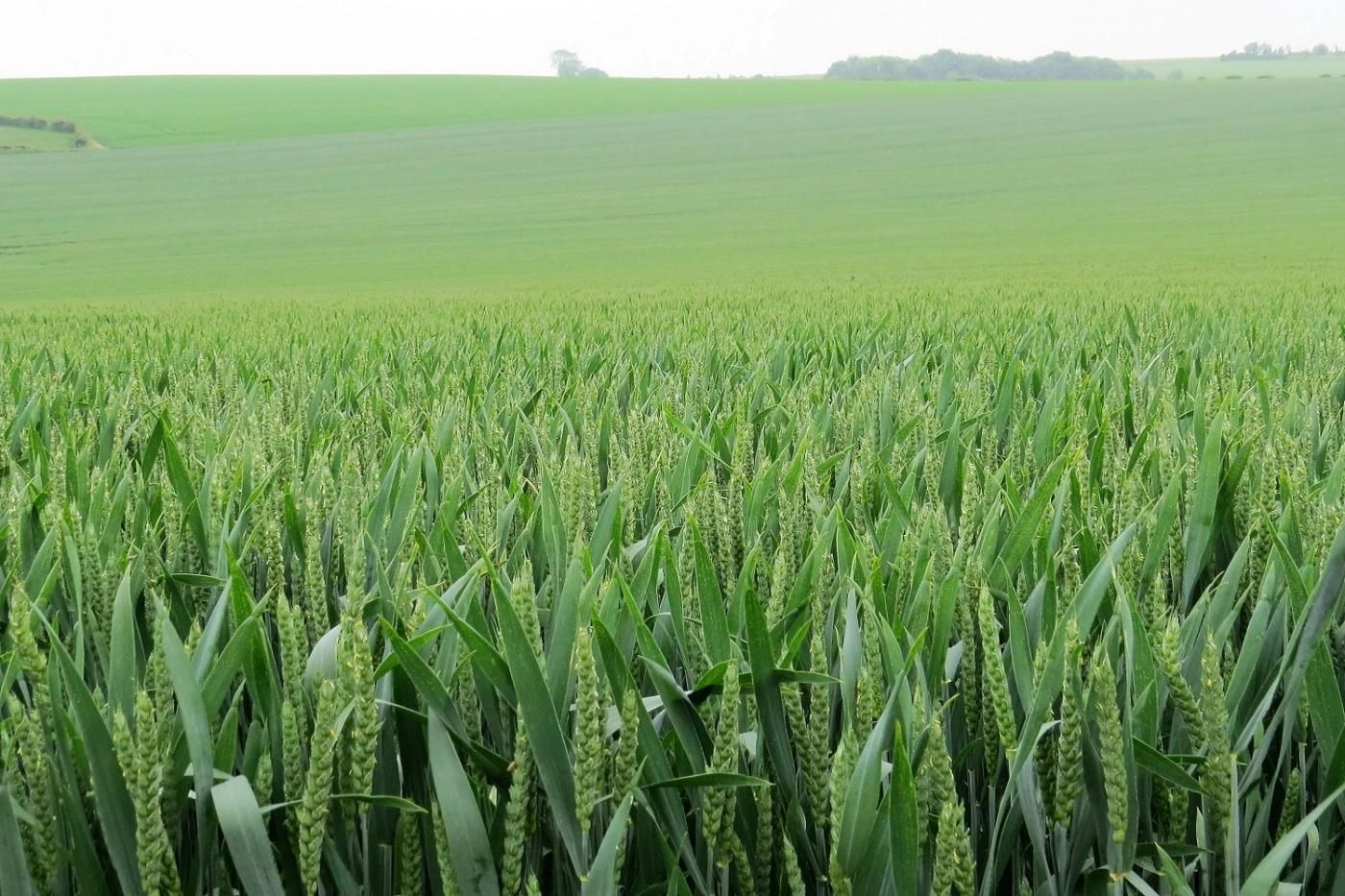
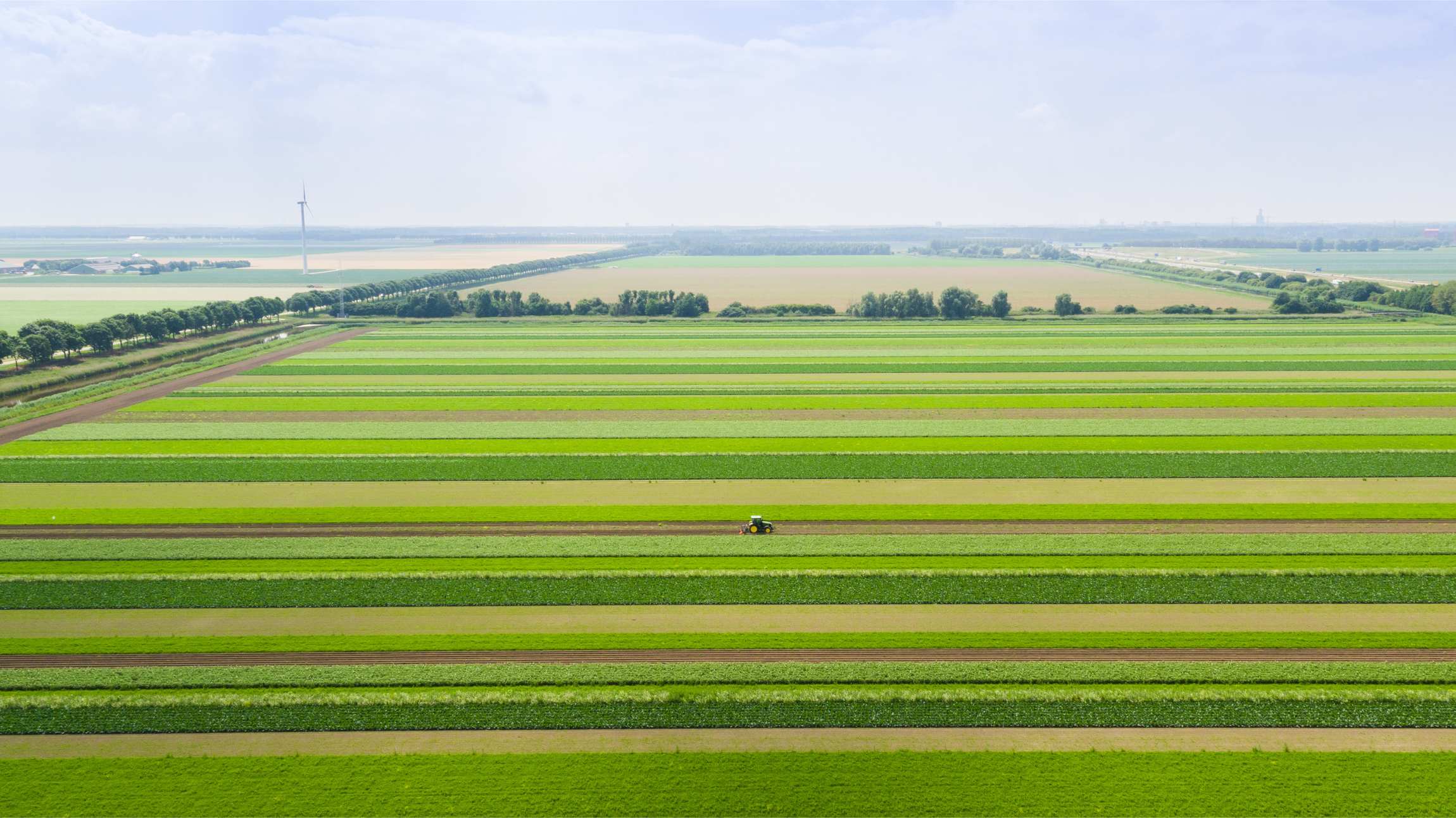
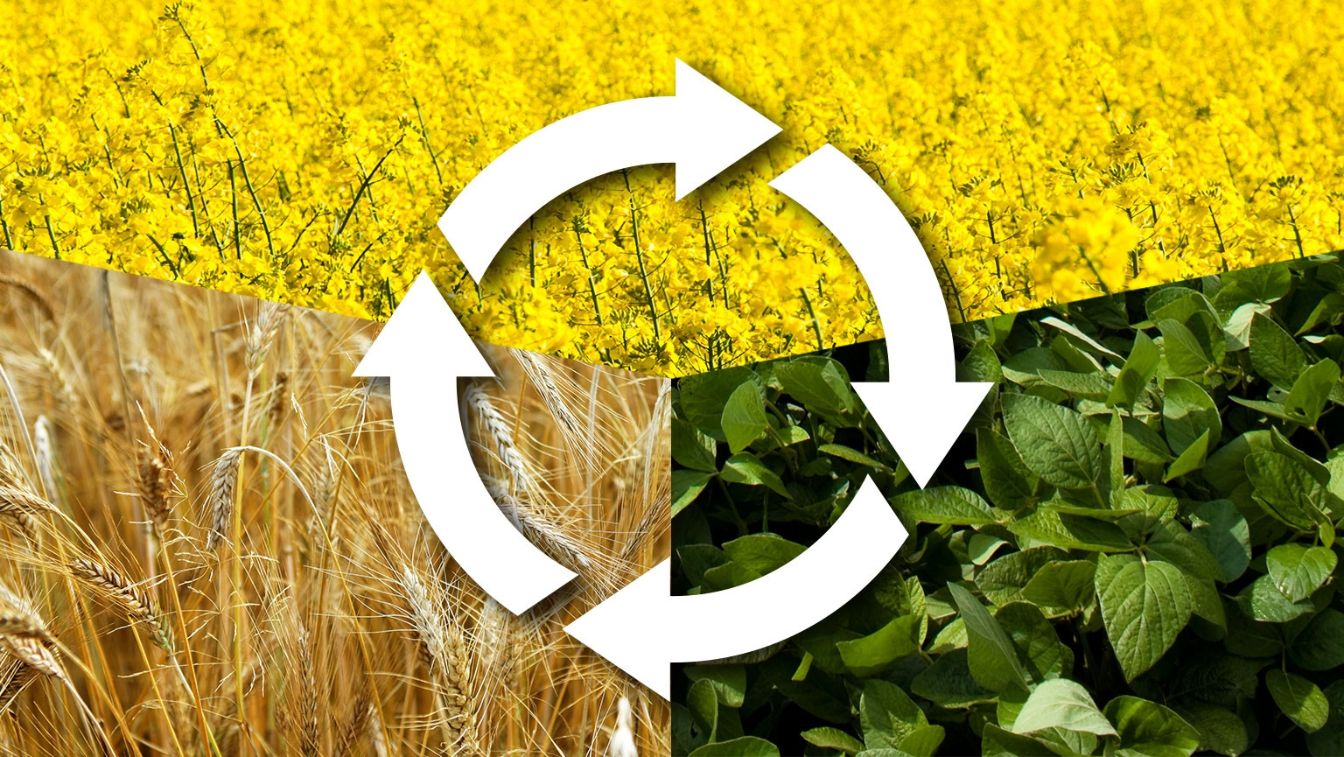
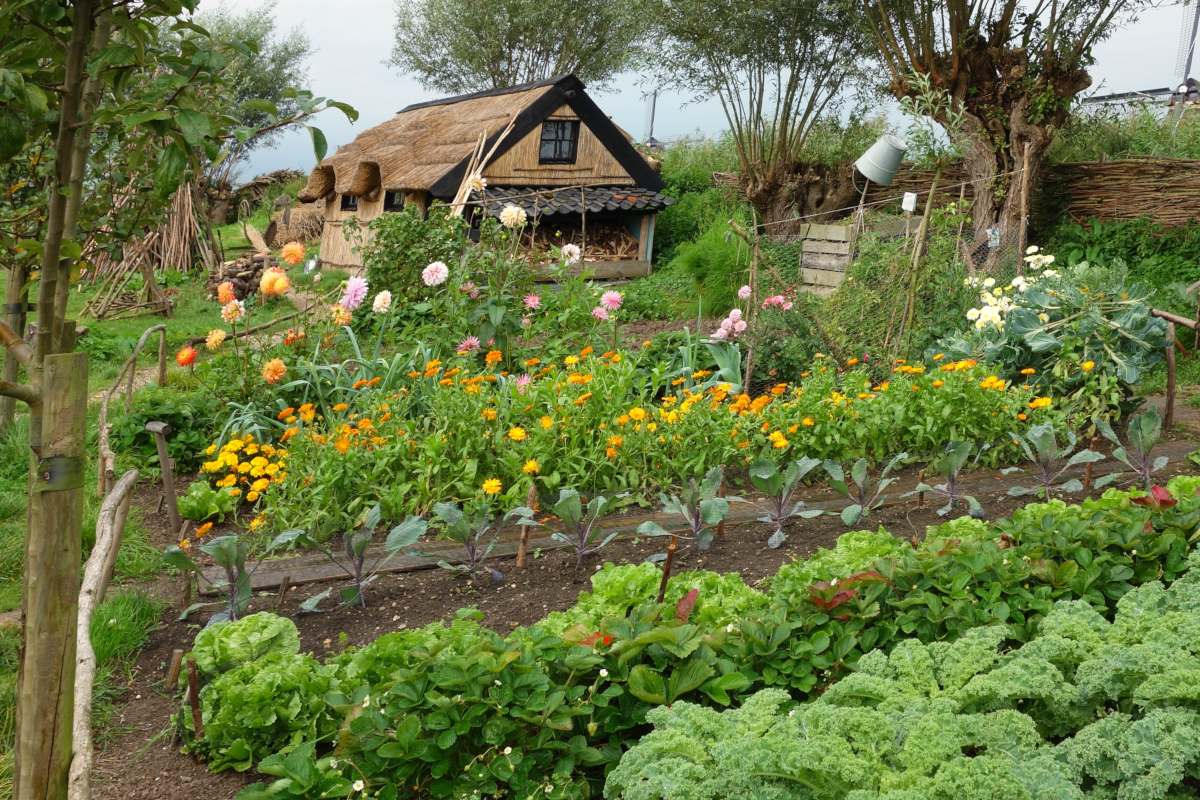


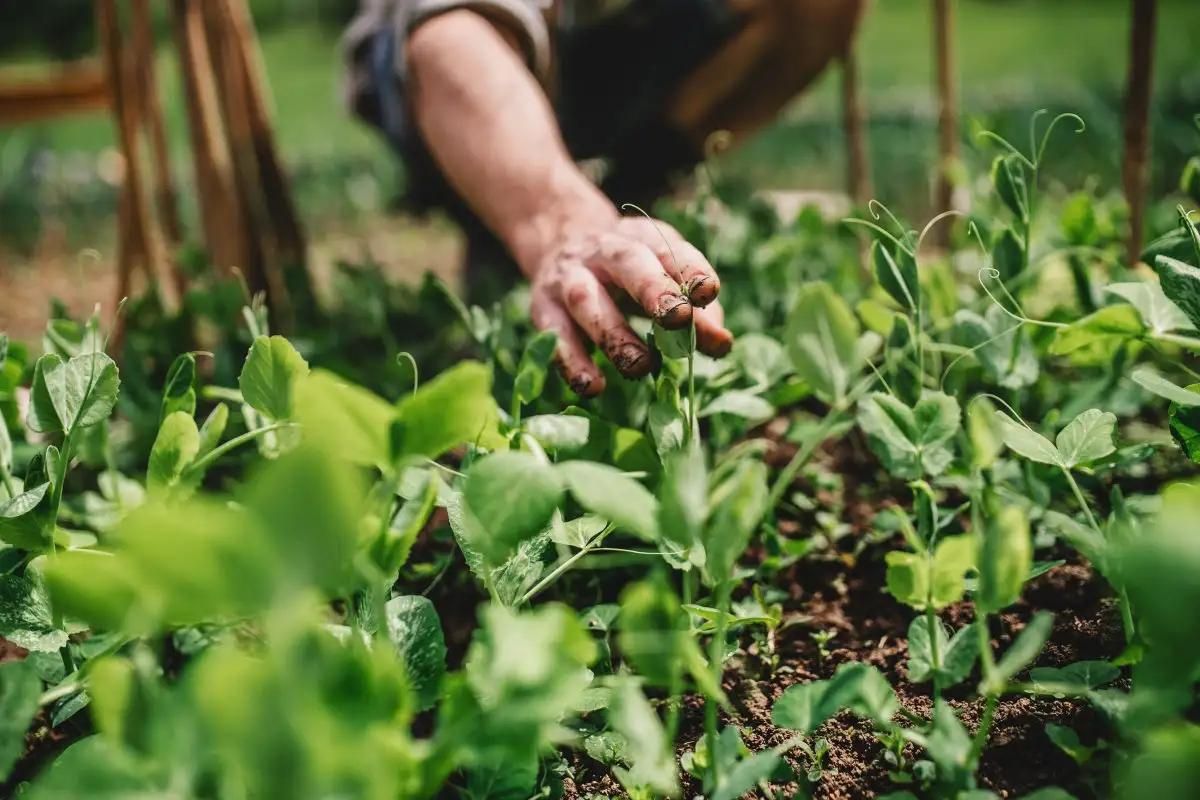
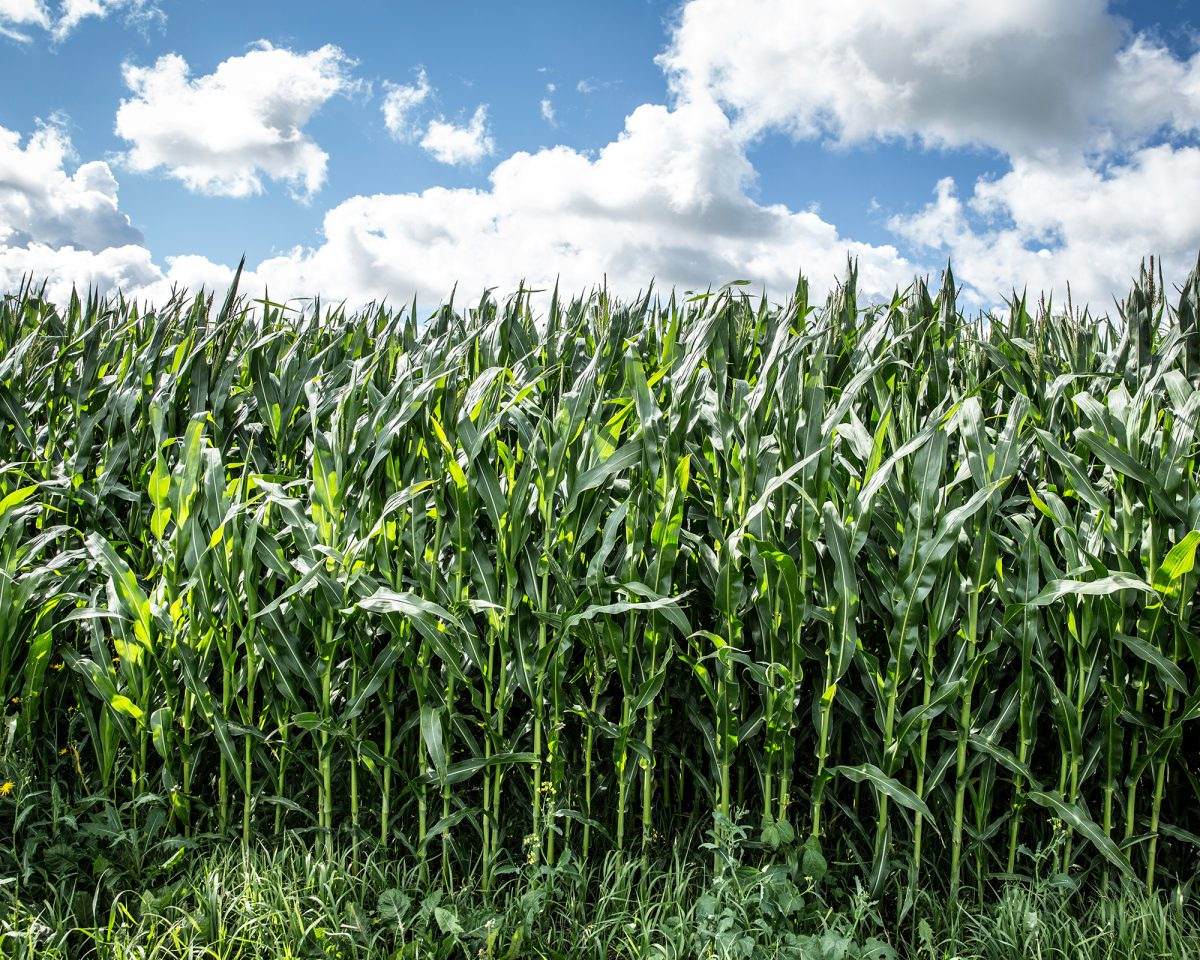
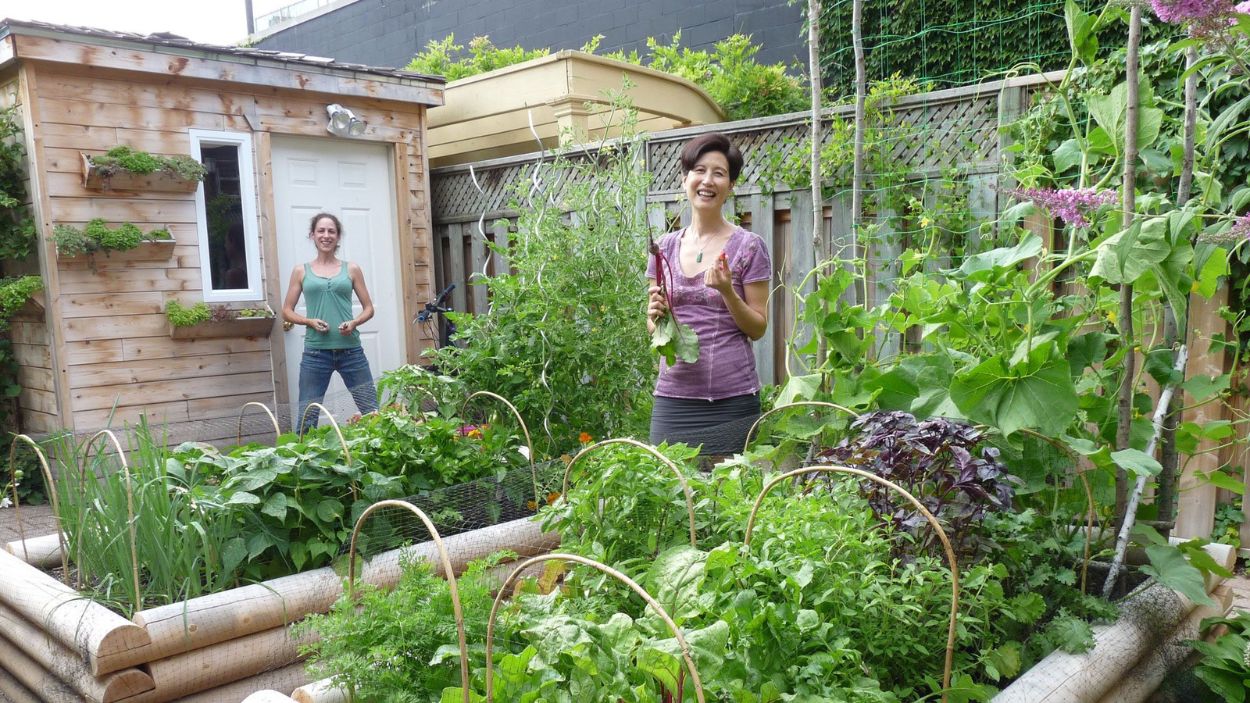

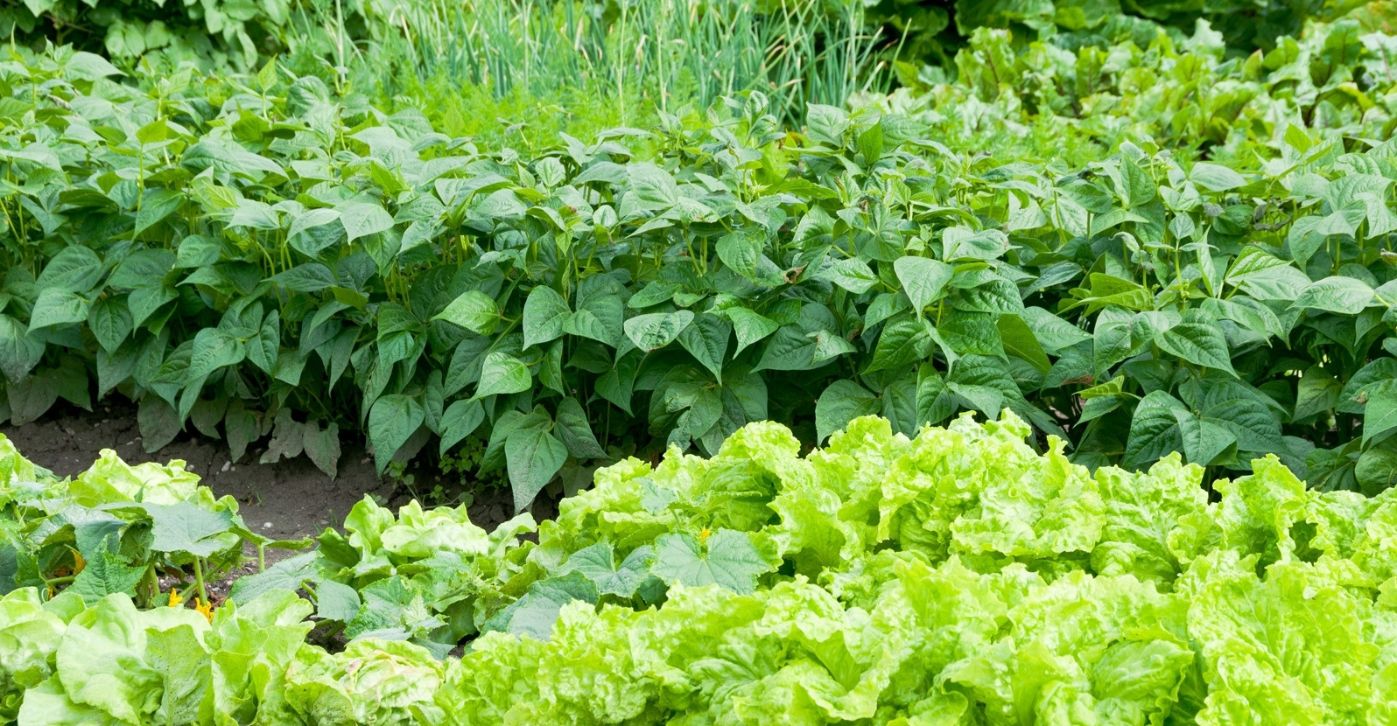

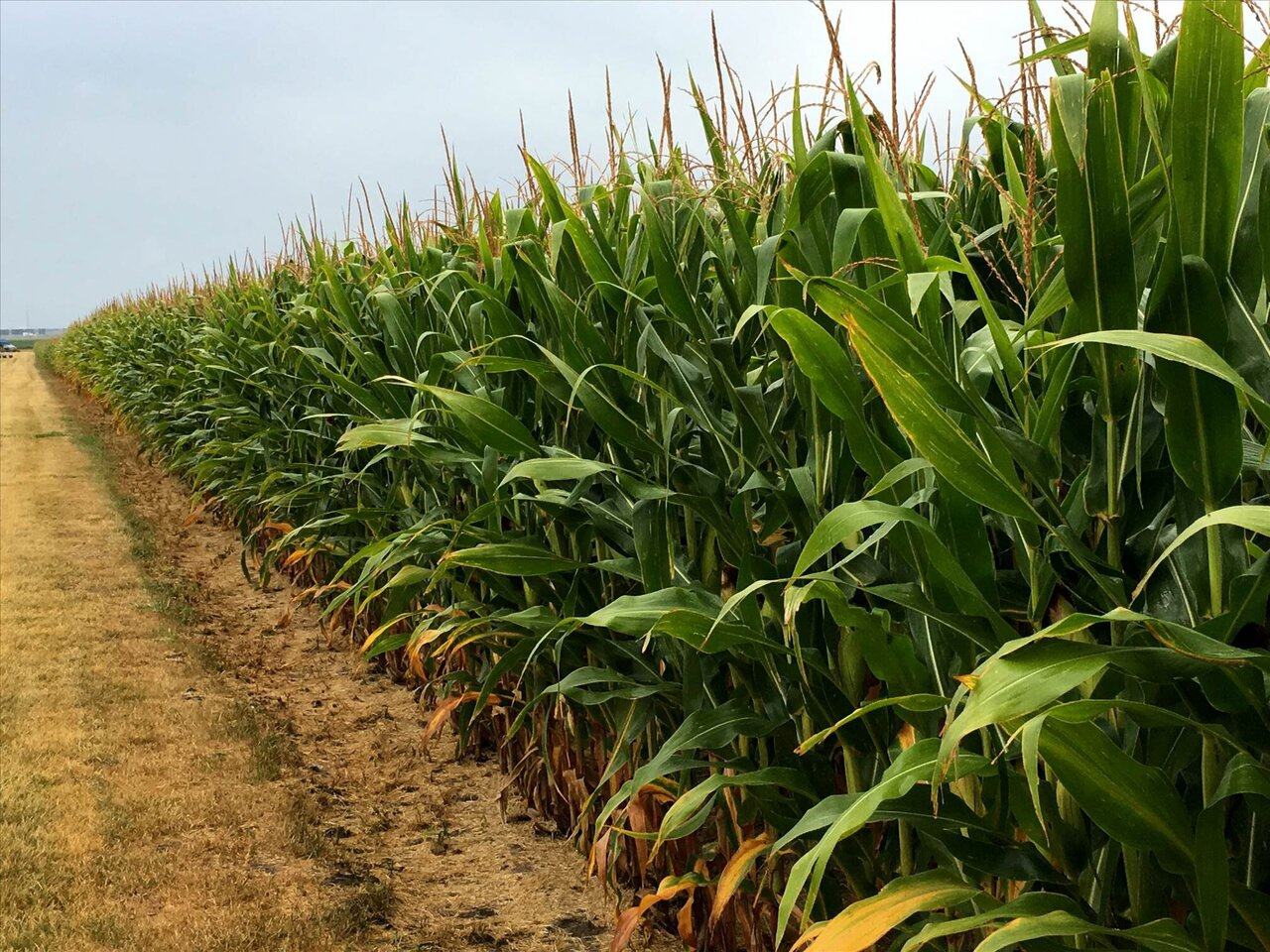
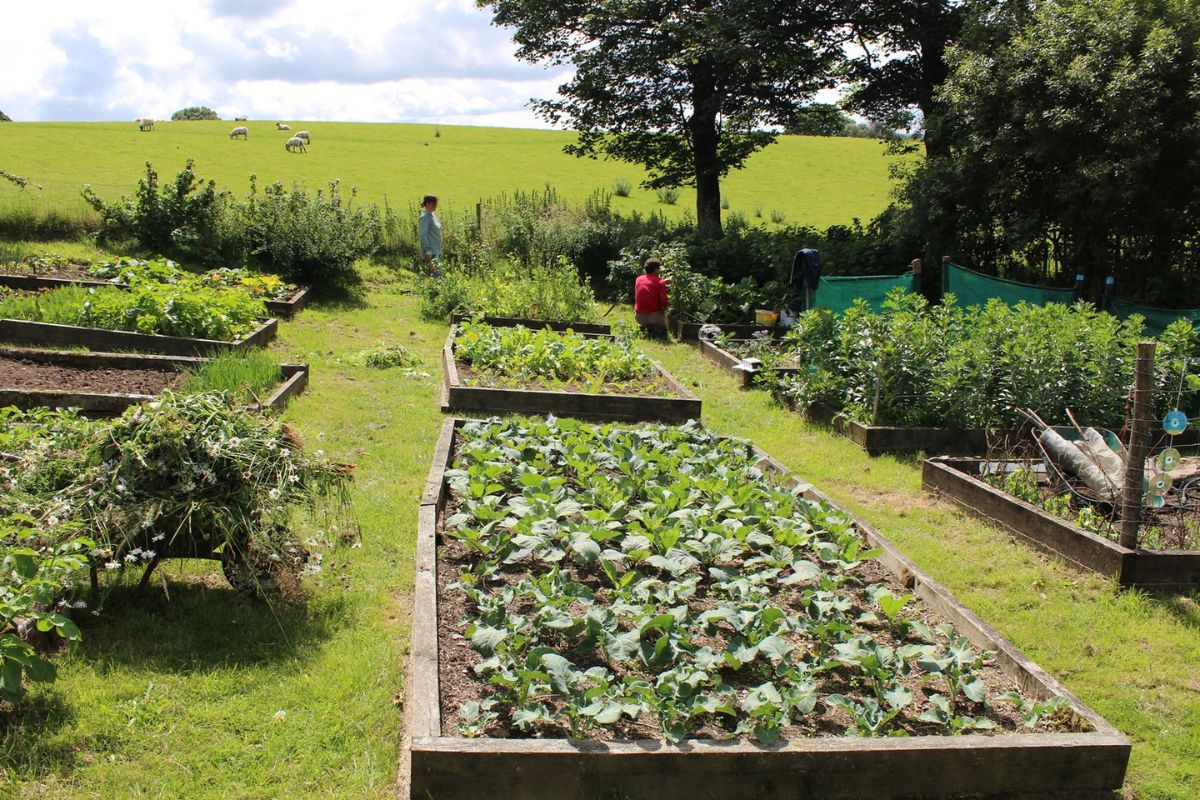

0 thoughts on “Define Rest Crop And Describe How It Relates To Crop Rotation.”